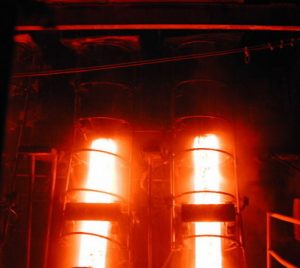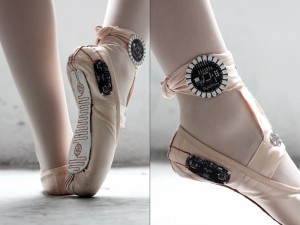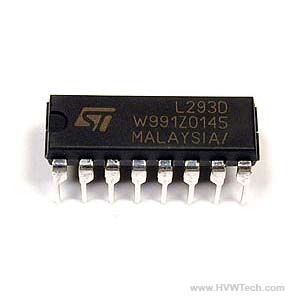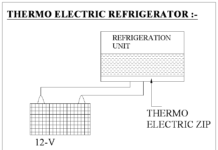HOT WORKING OF METALS
Metal forming is also known as mechanical working of metals. Metal forming operations are frequently desirable either to produce a new shape or to improve the properties of the metal. Shaping in the solid state may be divided into non-cutting shaping such as forging, rolling, pressing, etc., and cutting shaping such as the machining operations performed on various machine tools. Non-cutting or non machining shaping processes are referred to as mechanical working processes. It means an intentional and permanent deformation of metals plastically beyond the elastic range of the material. The main objectives of metal working processes are to provide the desired shape and size, under the action of externally applied forces in metals.
Such processes are used to achieve optimum mechanical properties in the metal and reduce any internal voids or cavities present and thus make the metal dense.
Metals are commonly worked by plastic deformation because of the beneficial effect that is imparted to the mechanical properties by it. The necessary deformation in a metal can be achieved by application of mechanical force only or by heating the metal and then applying a small force. The impurities present in the metal are thus get elongated with the grains and in the process get broken and dispersed through out the metal. This also decreases the harmful effect of the impurities and improves the mechanical strength. This plastic deformation of a metal takes place when the stress caused in the metal, due to the applied forces reaches the yield point. The two common phenomena governing this plastic deformation of a metal are (a) deformation by slip and (b) deformation by twin formation. In the former case it is considered that each grain of a metal is made of a number of unit cells arranged in a number of planes, and the slip or deformation of metal takes place along that slip plane which is subjected to the greatest shearing stress on account of the applied forces. In the latter case, deformation occurs along two parallel planes, which move diagonally across the unit cells.
These parallel planes are called twinning planes and the portion of the grains covered between them is known as twinned region. On the macroscopic scale, when plastic deformation occurs, the metal appears to flow in the solid state along specific directions, which are dependent on the processing and the direction of applied forces. The crystals or grains of the metal get elongated in the direction of metal flow. However this flow of metal can be easily be seen under microscope after polishing and suitable etching of the metal surface. The visible lines are called fibre flow lines. The above deformations may be carried out at room temperature or higher temperatures. At higher temperatures the deformation is faster because the bond between atoms of the metal grains is reduced. Plasticity, ductility and malleability are the properties of a material, which retains the deformation produced under applied forces permanently and hence these metal properties are important for metal working processes.
Plasticity is the ability of material to undergo some degree of permanent deformation without rupture or failure. Plastic deformation will take place only after the elastic range has been exceeded. Such property of material is important in forming, shaping, extruding and many other hot and cold working processes. Materials such as clay, lead, etc. are plastic at room temperature and steel is plastic at forging temperature. This property generally increases with increase in temperature.
Ductility is the property of a material enabling it to be drawn into wire with the application of tensile force. A ductile material must be both strong and plastic. The ductility is usually measured by the terms percentage elongation and percent reduction in area often used as empirical measures of ductility. The ductile material commonly used in engineering practice in order of diminishing ductility are mild steel, copper, aluminium, nickel, zinc, tin and lead.
Malleability is the ability of the material to be flattened into thin sheets without cracking by hot or cold working. A malleable material should be plastic but it is not essential to be so strong. The malleable materials commonly used in engineering practice in order of diminishing malleability are lead, soft steel, wrought iron, copper and aluminium. Aluminium, copper, tin, lead, steel, etc. are recognized as highly malleable metals. Source Introduction of a Basic Manufacturing Processes and Workshop Technology by Rajender Singh.















